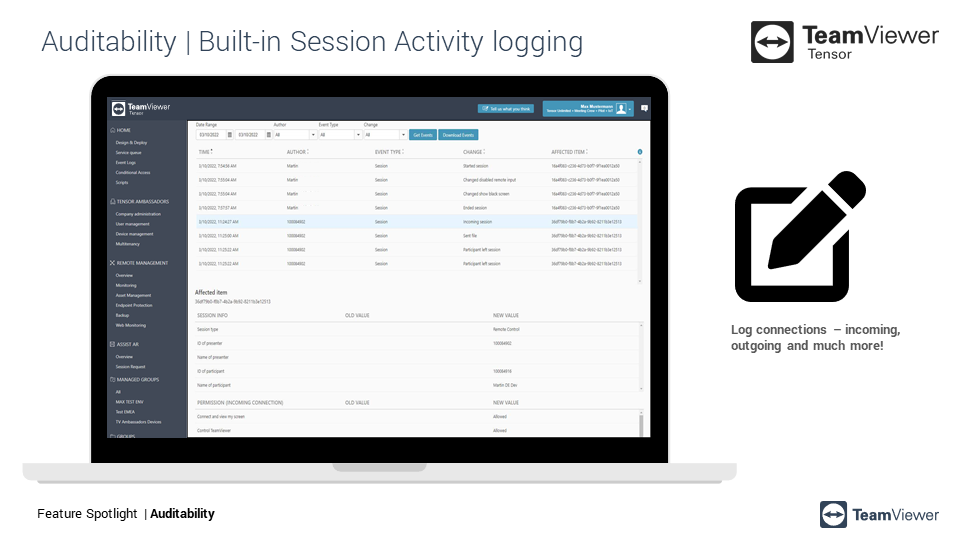

Failure, bad password or user name: An error response like:ĪADSTS50126: Error validating credentials due to invalid username or password.Īs long as the user password is correct, the ROPG flow has succeeded - the password has been validated to be correct.Success, MFA required through a policy: An error response like: AADSTS50076: Due to a configuration change made by your administrator, or because you moved to a new location, you must use multi-factor authentication to access Success, no MFA requirements: An access, refresh, and ID token encoded in HS256 This means that the user is not prompted for any sort of user name or password when logging in Jamf Connect is using the information securely stored in the user’s keychain for this event.įor Azure, the responses are one of the following: The user name and the password are sent to the identity provider in a "non-interactive" login to receive a response. Jamf Connect uses an ROPG workflow to synchronize the user's password in the identity provider with the password on the user's client machine. While IP address ranges can be exempted, the rules apply to all authentications.Ĭonditional Access allows for fine-grain details to apply when MFA is required, including exempting MFA for web applications. Multi-factor Authentication is a system-wide, all-login-attempts master-switch system for enforcing MFA at authentication.

Conditional Access: which is reachable via Azure Active Directory under Security.Multi-factor: Authentication which is reachable via the "All services" list in the Azure portal.Conditional AccessĪdministrators can enable multi-factor authentication requirements for a user account in two ways:

CA policy will be applied as expected to the Jamf Connect login application and ROPG check will appear as a successful login in sign-in logs.Īzure Multi-factor Authentication vs. Verify that no policies are created that apply to "All cloud apps" so as to not affect the ROPG workflow. Ignore failed logins in the sign-in logs for ROPG checks of the password.įollow the instructions in the Jamf Nation post " Creating a custom scope for Jamf Connect in Azure for Conditional Access policies" to create a custom scope for Jamf Connect applications (you’ll need to sign into Jamf Nation or create an account to access it). Do NOT use an exception to the policy as that appears to break the functionality of the CA rule as of testing done 10DEC2021.
JAMF USER ACTIVITY AUDIT HOW TO
(Additional information on how to determine if a failed login is due to Jamf Connect menu bar agent doing an ROPG request is below.)Ĭreate a Conditional Access policy applied to "All cloud apps" requiring multi-factor authentication for login. Ignore failed logins in the sign-in logs for ROPG checks of the password. Set hard requirements for MFA via the older method of Azure Multi-Factor Authentication which applies an MFA requirement to ALL logins to ANY service for a specific user.



 0 kommentar(er)
0 kommentar(er)
